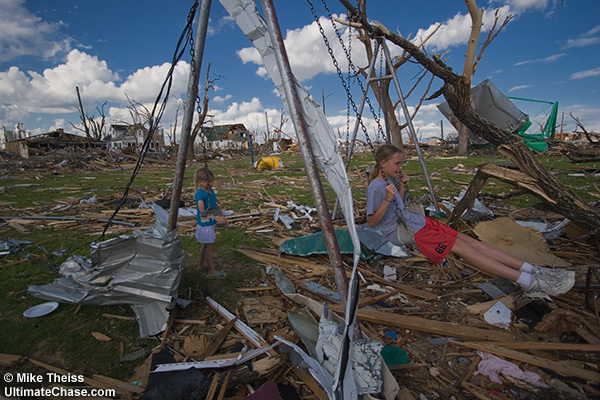a whole world out of view
Deforestation: The Hidden Cause of Global Warming
The rampant slashing and burning of tropical forests is second only to the energy sector as a source of greenhouses gases according to report published today by the Oxford-based Global Canopy Programme, an alliance of leading rainforest scientists.
Figures from the GCP, summarising the latest findings from the United Nations, and building on estimates contained in the Stern Report, show deforestation accounts for up to 25 per cent of global emissions of heat-trapping gases, while transport and industry account for 14 per cent each; and aviation makes up only 3 per cent of the total.
“Tropical forests are the elephant in the living room of climate change,” said Andrew Mitchell, the head of the GCP.
Eco-system consumption is a fragile, ephermeal way to exist. If the Earth were an egg, she would be ready to hatch soon, the protein is almost gone, but in fact the Earth is not an egg.
Sitting in the room where I type this out, I cannot sense these changes directly. My lamps still glow, pencils, pens, papers and books are strewn about, just as they were last year. The air supply, if it is thinner, is thinner in a way I cannot detect. Things are just so in my created environment, my personal space.
Yet I have developed a internal model, which reflects my belief that this world is bounded not just by surface area, but by growing dead zones. I reflect it to you, the reader, and sometimes it is reflected back to me and I learn.
Returning to Southern California from Hawaii after a sailing race, (Charles) Moore had altered Alguita’s course, veering slightly north. He had the time and the curiosity to try a new route, one that would lead the vessel through the eastern corner of a 10-million-square-mile oval known as the North Pacific subtropical gyre. This was an odd stretch of ocean, a place most boats purposely avoided. For one thing, it was becalmed. “The doldrums,” sailors called it, and they steered clear. [...]
As Alguita glided through the area that scientists now refer to as the “Eastern Garbage Patch,” Moore realized that the trail of plastic went on for hundreds of miles. Depressed and stunned, he sailed for a week through bobbing, toxic debris trapped in a purgatory of circling currents. To his horror, he had stumbled across the 21st-century Leviathan. It had no head, no tail. Just an endless body.
Despite my concerns about the world at large,
it seems to me in this moment that I am not affected by the sand thickening through Beijing every Springtime. Mud tack in Brazil, stomped by grazing cattle is not a problem to worry about when a quality burger, fries and milkshake can be had for ten dollars keep the change. Certainly the lack of frogs and lizards croaking merrily in my neighborhood could be replaced with high quality recordings of happy frogs from some earlier era, perhaps back in the twentieth century.
Yes, for me, times seem as good as always, because no one has bothered to take the billboards down yet, which would surely reveal the missing chunks of our world. I can still go to the ballpark and smell fresh cellulosic ethanol feedstock while I enjoy a petro-dog. The good life.
For many Americans, that is what it is.
"Oh, gas prices are up, citizen, but I'm scared of the darkies, gas prices are nothing to worry about, they'll go down, they always do."
Thinking about the world unseen takes effort. Once the necessary effort has been expended, the destruction is obvious. Realization cannot be unrealized.
An interesting question for the average American to consider is why is a world that is slowly dying so hard to find represented in the media. All is well is the message desired.
Rip down the billboards of distraction and gaze into the slums that lie beyond.



